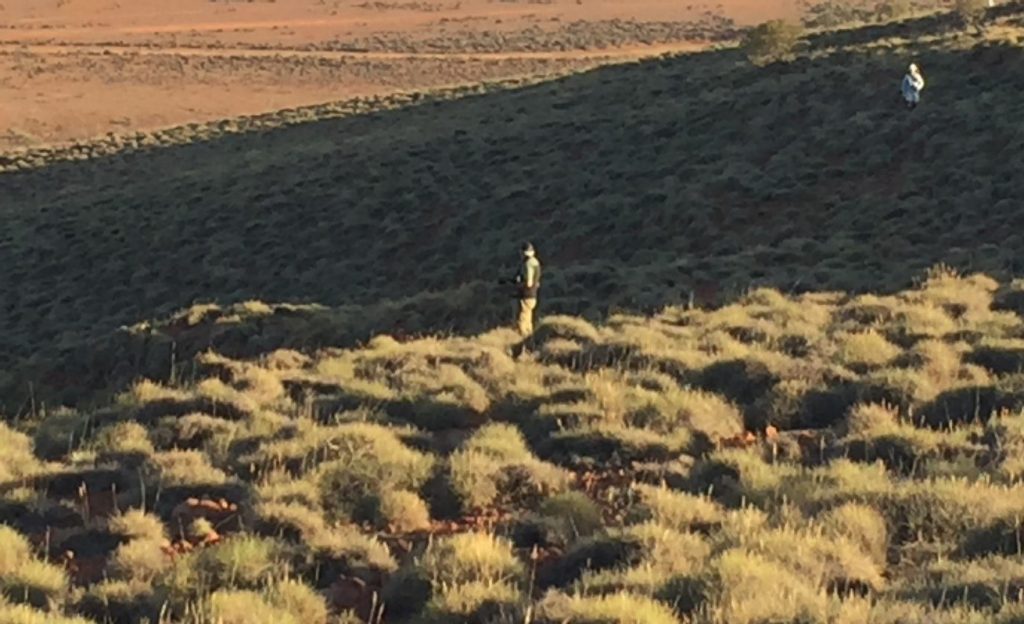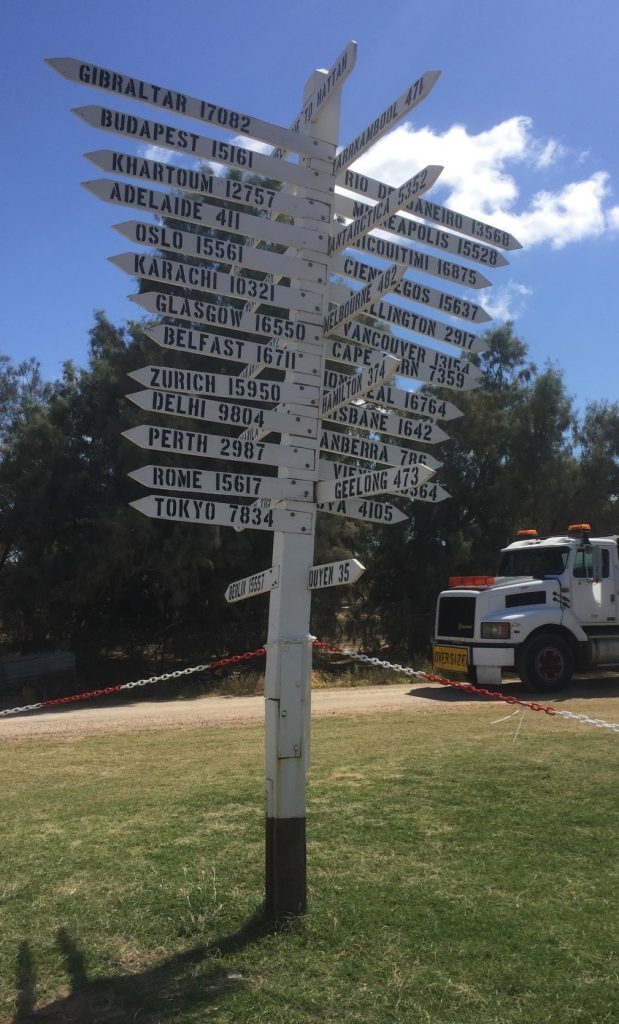Giving Jindabyne a miss
I don’t know if you have seen the movie Jindabyne about four fellows going on their much-planned annual blokes’ fishing trip. They are in high spirits on their long drive. They finally arrive, unpack and carry all of their camping and fishing gear down a steep winding track into the bed of a river. As they approach the water, they see the body of a young Aboriginal woman wedged in the rocks. Do they abandon the keenly-awaited trip and raise the alarm or do they go on, enjoy a weekend’s fishing and then ‘discover’ the body as they return and then raise the alarm? The moral dilemma prompts considerable soul-searching: what price human existence? Do they respond differently because she’s Aboriginal? She’s been dead for some time, what difference does a day or two make? No spoiler alert is needed, the questions are for you, dear reader. See the movie yourself for their answer.
We Loudmouths had our own Jindabyne experience on this trip. While shopping in Ouyen, getting provisions for some days out in the remote Sunset Country in north-west Victoria, I took a turn. The world started spinning, the shop walls kept moving and I started splashing my boots with vomit. I wasn’t flash.
Just leaving me there, going off to west of Port Augusta in South Australia and getting me on the way back wasn’t my preferred option. But what of the search for our grasswren targets? Should we abandon the trip, seek medical attention and forestall my demise? Let’s get more information was the decision.
The Bush Nursing Hospital was contacted. “Bring him down”, they said. We had to stop at an intersection for a little more lunch to be brought up and left on the road as burley but I was duly delivered there and helped out of the car
Nurses settled me down and the doctor was called back from possibly pre-dinner drinks at home. “Ah”, he said, “benign paroxysmal positional vertigo”. There’s relief in a name and even more when the word benign appears. It seems that tiny calcium “stones” inside the ear canals help keep us in balance. BPPV is triggered when they block the movement of fluid in the inner ear. It’s rarely serious unless it increases the risk of falling. Symptoms are dizziness, a spinning sensation (vertigo), light-headedness, unsteadiness, loss of balance and nausea and, in my case, particularly nausea. I was nauseous in spades.
“It usually gets better by itself”, the Doc said, “but I think you should go to Mildura (100 kms away) and be checked”. It’s by now 7.30 pm and the next night’s camp out in the Murray Sunset National Park at the Shearers Quarters over near the SA border is looking unlikely. I was keenly aware of plug being pulled on the trip. The Doc went on “Look, they probably won’t do anything, there’s not really any treatment but they’ll want to keep you under observation. They’ll send you off in the morning”. “What if I choose not to go”? “Well, that’s your decision but I think you should”. I’m thinking – I’m in Mildura, the Loudmouths are in Ouyen, there’s the trip in jeopardy. “I’d recommend that you go”, he repeated.
I considered his advice, I reconsidered his advice, I turned his advice over in my only slightly-lightening mind and I thought about his advice again. “I should go, you reckon”? I wanted to know what he really thought. “Yep”, he responded within a nano-second.
“Alright, call the ambulance”.
He was right, they kept me in overnight, kept me under observation, gave me no treatment, I was cleared to go by 7.30 am next day and the Loudmouths picked me by up 9 from the hospital coffee shop. We went off into the Sunset Country, saw a Striated grasswren by 3 pm and were in the Shearers Quarters for dinner that night. The trip then proceeded as planned.
And I never went anywhere near Jindabyne.

We dipped on the Short-tailed grasswren, despite fleeting glimpses on the Triodia-covered Mt Scott.
At the start of our trips, we place in an envelope our guesses as to the number of target species we will see and the total number of species we will see, with a crispy $10 note with each guess. At the end the trip and the unsealing of the envelope, the closest guess wins
We had 52 species on the list of targets, we saw 29, including Striated grasswrens, Western grasswrens and Red-lored whistlers. We saw a total of 138 species over the ten days.

Winners are grinners – MJA on the targets, GMH on the total

Hattah is on the edge of the Sunset Country and is where we left a car while we were away. The palindromic settlement really is the centre of the known universe.